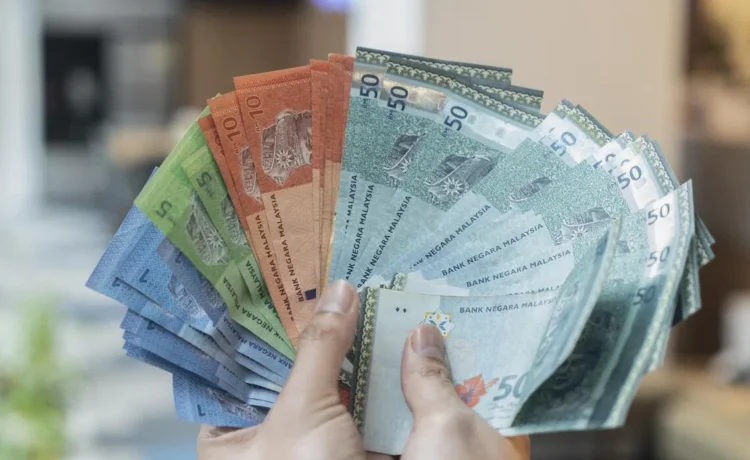KUALA LUMPUR – The Malaysian ringgit advanced to the strongest level in 13 months, putting it on track to outperform Asian peers for a second year.
The currency rose as much as 0.3 per cent to 4.1720 on Nov 7, the highest since October 2024, on fading expectations for a central bank interest rate cut and by renewed optimism over growth. It has rallied more than 7 per cent in 2025, catapulting it to the top rankings in the region.
“Ringgit now remains on course to top Asia for the second year running,” said Mr Stephen Chiu, chief Asia foreign exchange and rates strategist at Bloomberg Intelligence in Hong Kong. The ringgit has also been supported by fiscal discipline and political stability, he added.
Malaysia’s currency has been gaining ground not just against the dollar but also its regional peers. The ringgit climbed to the highest since September 2022 versus the Singapore dollar, and marked a fresh record high against the Indonesian rupiah.
The improving external demand may provide a further boost to Malaysia’s economy, which recorded its fastest pace of growth in a year last quarter. China and the US – Malaysia’s largest export partners – extended their tariff truce last week after weeks of threats.
“Unlike Asia’s high yielders, which face respective political risks and tend to underperform during dollar weakness, and the North-east Asian currencies, which tend to underperform during dollar rise and risk off, ringgit sits in the sweet spot and remains stable throughout the year,” Mr Chiu said.
Malaysia’s foreign exchange market has also become more liquid in 2025. Daily trading volume for all currencies traded in the onshore market, which is dominated by ringgit trading, has surged to about US$20 billion (S$26 billion) in 2025, according to data from Bank Negara Malaysia. That is more than 40 per cent higher compared with the mean daily volume from 2020 to 2024.
The Singapore dollar-ringgit currency pair is in focus as both economies have tight trading ties and share one of the busiest land borders in the world. The island-state’s dollar has been weakening after the Monetary Authority of Singapore, which uses the exchange rate as its main policy tool rather than interest rates, eased policy in both January and April.
Meanwhile, the rupiah has been weighed down by fiscal deficit concerns, foreign bond outflows and Bank Indonesia rate cuts.
The ringgit has also been supported by US$1 billion of foreign bond inflows in October, following a US$1.7 billion outflow in September.
Bank Negara Malaysia kept interest rates unchanged as expected on Nov 6. Ringgit swops are pricing for rates to be held over the next 12 months. BLOOMBERG





